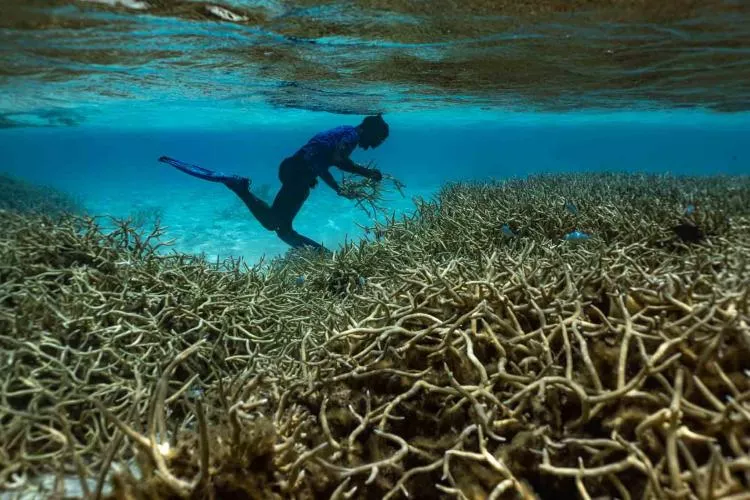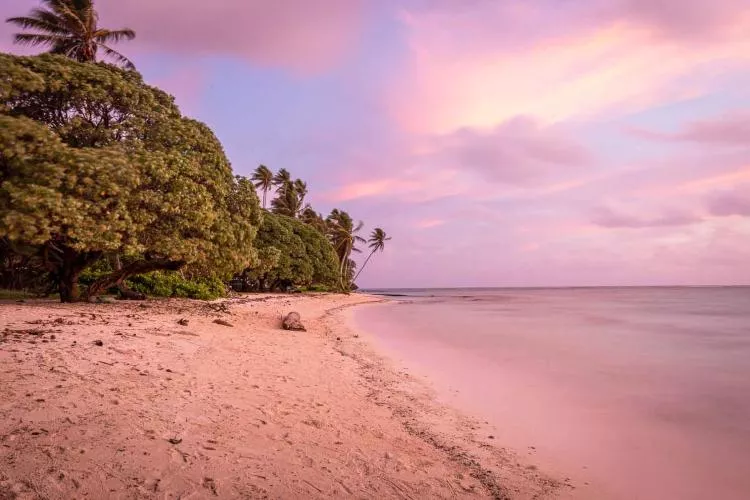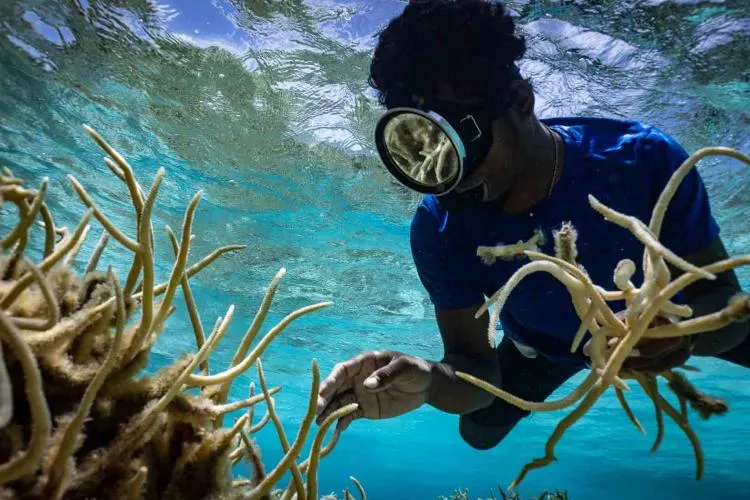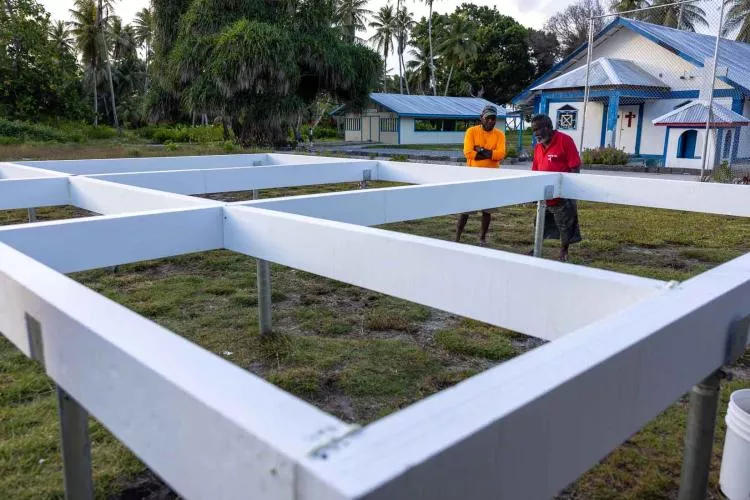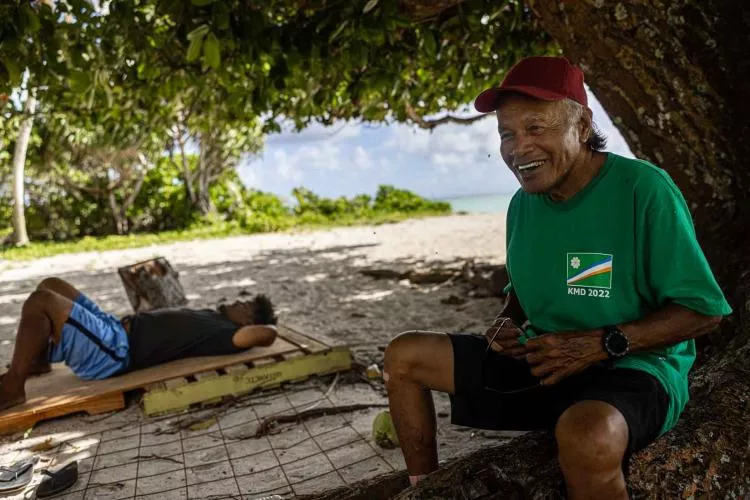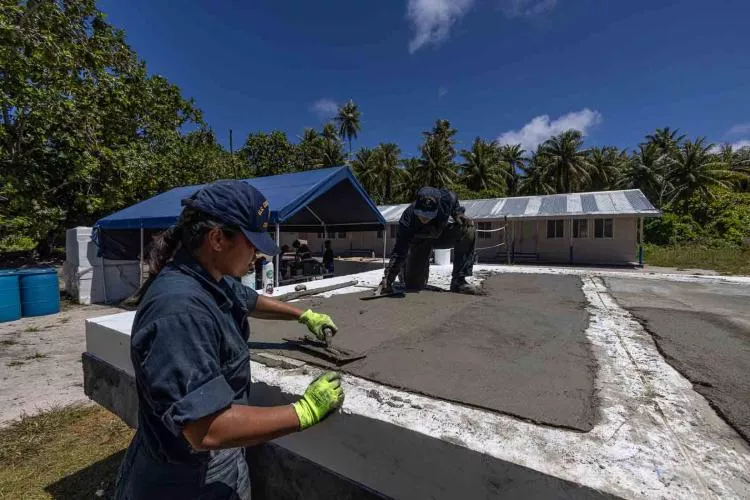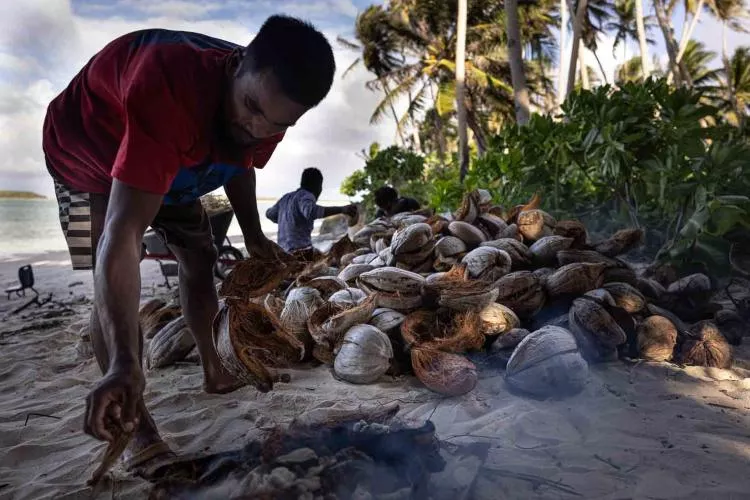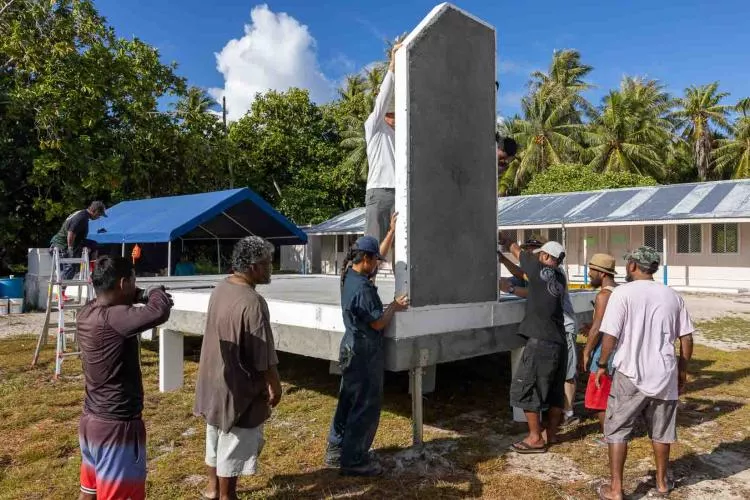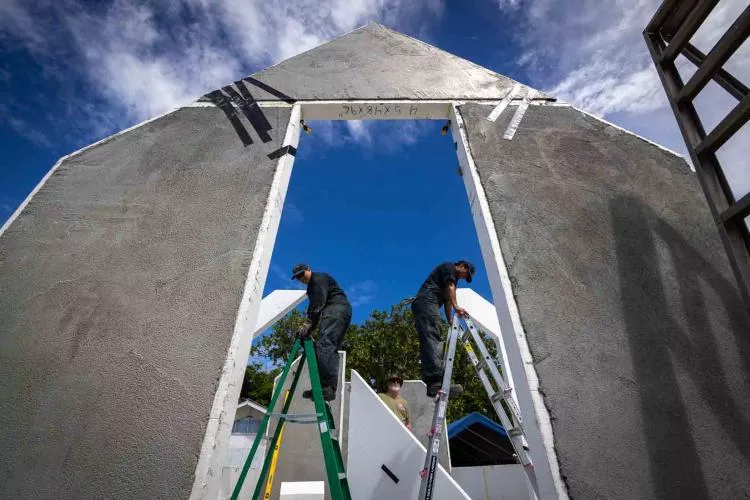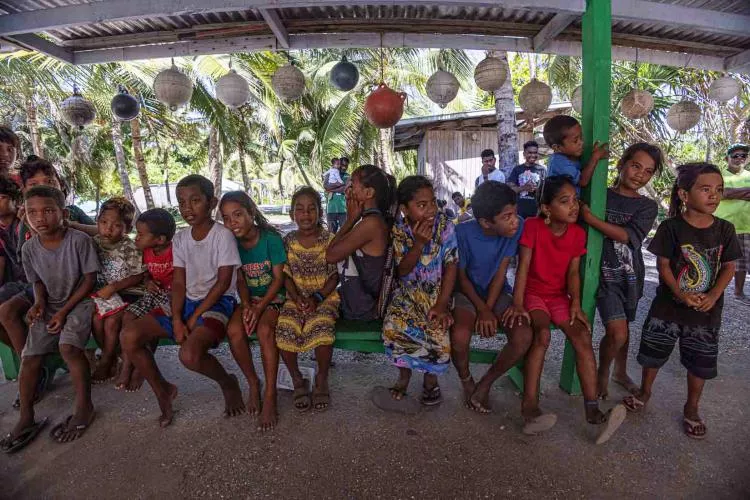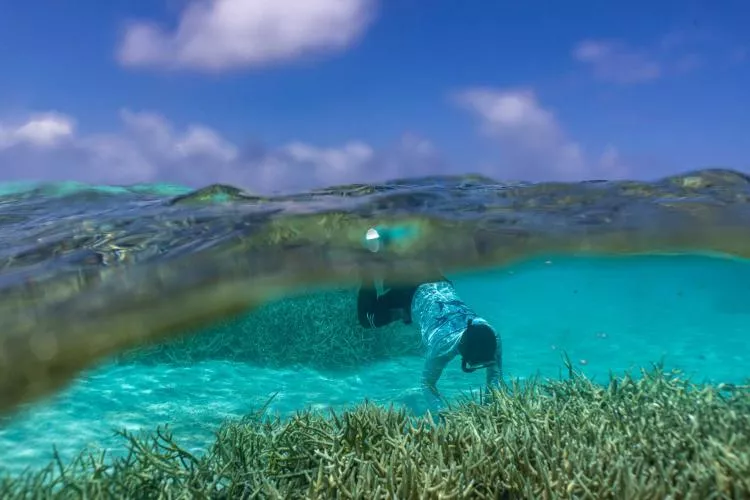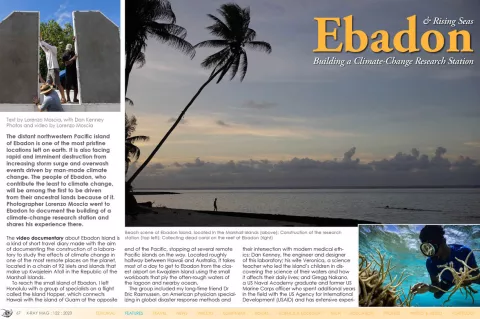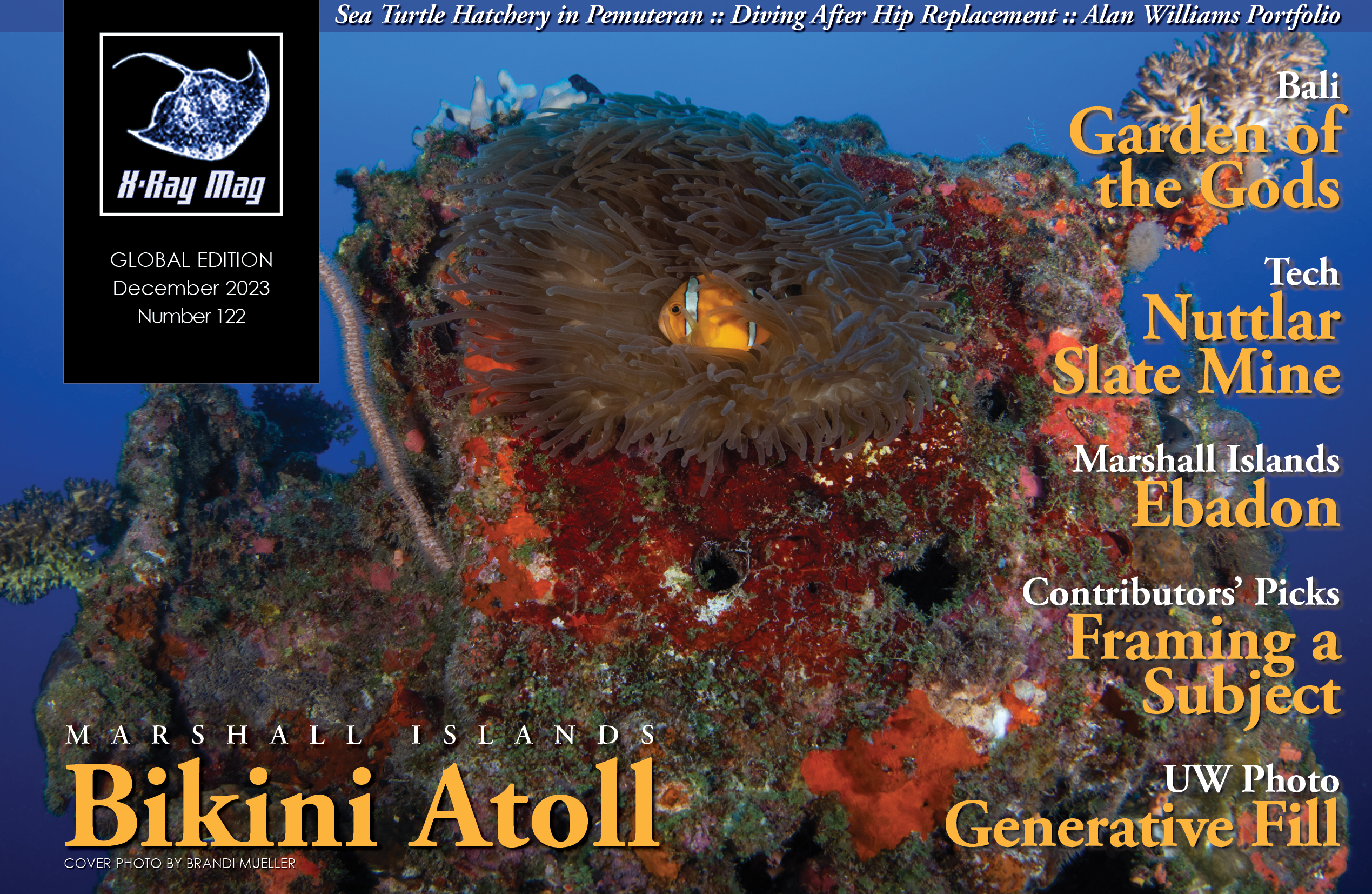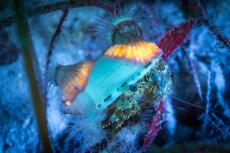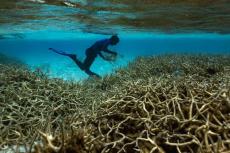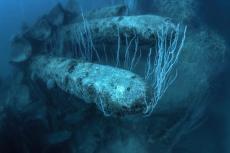The distant northwestern Pacific island of Ebadon is one of the most pristine locations left on earth. It is also facing rapid and imminent destruction from increasing storm surge and overwash events driven by man-made climate change. The people of Ebadon, who contribute the least to climate change, will be among the first to be driven from their ancestral lands because of it. Photographer Lorenzo Moscia went to Ebadon to document the building of a climate-change research station and shares his experience there.
Contributed by
The video documentary about Ebadon Island is a kind of short travel diary made with the aim of documenting the construction of a laboratory to study the effects of climate change in one of the most remote places on the planet, located in a chain of 92 islets and islands that make up Kwajelein Atoll in the Republic of the Marshall Islands.
To reach the small island of Ebadon, I left Honolulu with a group of specialists on a flight called the Island Hopper, which connects Hawaii with the island of Guam at the opposite end of the Pacific, stopping at several remote Pacific islands on the way. Located roughly halfway between Hawaii and Australia, it takes most of a day to get to Ebadon from the closest airport on Kwajalein Island using the small workboats that ply the often-rough waters of the lagoon and nearby ocean.
The group included my long-time friend Dr Eric Rasmussen, an American physician specializing in global disaster response methods and their intersection with modern medical ethics; Dan Kenney, the engineer and designer of this laboratory; his wife Veronica, a science teacher who led the island’s children in discovering the science of their waters and how it affects their daily lives; and Gregg Nakano, a US Naval Academy graduate and former US Marine Corps officer who spent additional years in the field with the US Agency for International Development (USAID) and has extensive experience in humanitarian aid. Others with us included Peter Cloutier, a marine biologist and professor of development and human security (USAID Chair), and two cadets from the US Coast Guard Academy, spending their summer internship with Pacific Allies, a sister organization.
Our transitory stop was the island of Kwajalein from where we transferred to the mayor’s small workboat and traveled another 75 miles across a combination of open ocean and the largest coral atoll lagoon in the world to reach Ebadon. We reached our destination after four and a half hours of being tossed around in the waves, and after transferring all our equipment from the workboat to smaller boats (pangas) more suitable for crossing the reef. As we passed through the narrow channel at the southern end of the island, we heard the singing from a multitude of voices that cast out over the lagoon. A few meters farther around the point, we saw the entirety of the island’s population, from the youngest baby to the eldest resident, gathered together on the beach to welcome us and introduce us as friends to the spirits of their ancestors.
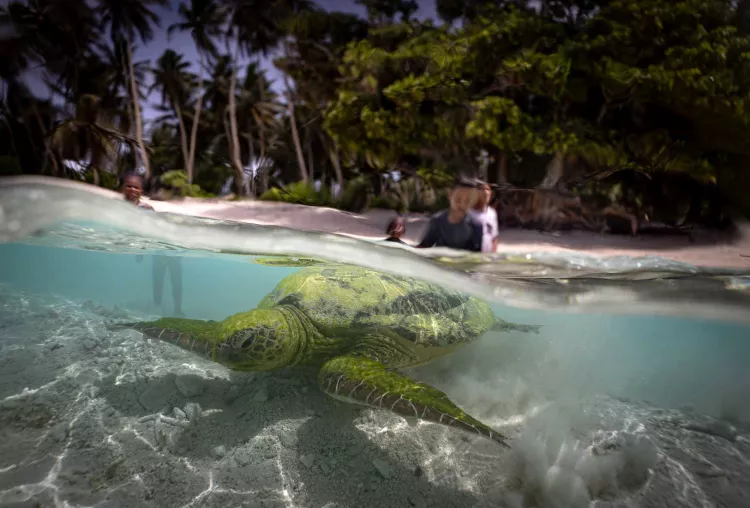
Upon stepping onto the beach, we were greeted by the inhabitants who placed necklaces of flowers around our necks, while two of them sang a song and played a keyboard connected to a generator. Our welcome could not have been warmer.
The only means of locomotion on this island are one’s own legs and a couple of old bicycles that are used in turn by the 60 or so permanent inhabitants. It takes less than two hours to walk the entire perimeter of the island. As we set up camp that evening in tents and in hammocks among the breadfruit, palm and pandanus trees along the beach, the stars and Milky Way came out in a starkness and clarity that can only be seen far out to the ocean and high on remote mountain tops. It was at that moment that we felt the true isolation and pureness of our location.
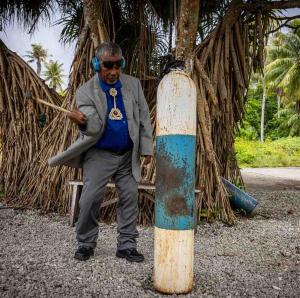
Our schedule, which initially envisaged a two-week stay to build and activate the laboratory, was greatly reduced due to a wave of bad weather in the United States, which forced United Airlines to cancel more than 630 flights (including ours from Hawaii to Kwajalein). Our 14-day build schedule was reduced to seven. We arrived on a Saturday evening with no time to lose. Our hopes of an early start the next morning were dashed when the island elders stated that we were now considered “family,” and so, there would be no work on Sunday, the Sabbath, by us or the islanders. With many promises of all the help we would need starting early on Monday, we settled into a Sunday of adapting to the hot, humid climate, and getting to know our new family.
Sunday morning started with a call to church service by the ringing of an empty oxygen cylinder hanging from a tree, which served as a bell, sounding clearly across the entire island, and hammered by a man wearing over-the-head hearing protection. The rest of us standing close by were not so lucky. That bell was as effective as any belfry of any church in my hometown of Rome, Italy.
In the afternoon, the two cadets from the US Coast Guard Academy successfully snuck in some “work” by starting to map the island for Google Streetview under the guise of “taking a walk,” accompanied by a singing and laughing group of youth from the island. Of the approximately 60 islanders on Ebadon, over half were under 18 years old.
Goals and editing
My mission was to ensure that the collective effort, unity and practicality of this construction was conveyed to an audience that now, in the vast majority of cases, no longer takes the time to deeply analyze what they see. Viewers often have an attention span that lasts no more than a handful of minutes, limiting their ability to enjoy and understand a documentary.
In the editing phase, I was guided by the images I had collected. The good thing was that I already had a script in front of me with a beginning and an end: the construction of the climate lab.
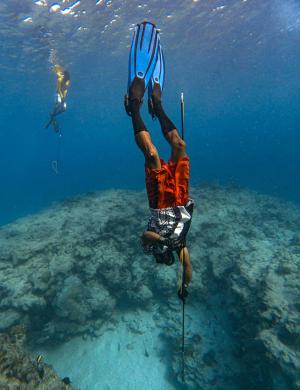
I also wanted to include an intimate look at the soul of the island—its inhabitants—and how they go about their days. I wanted to capture the challenge and beauty of living on a strip of land surrounded by the sea where the days are marked by the tides and the wind, the rain, the salty air that corrodes everything, and the oppressive humidity. In this way, we learn to respect and listen to the island which, with its rhythms, gives us so much, protects us, and reminds us how small we are, compared to nature—but also how much damage we can do to it, if we are caught up in excessive consumerism and the indiscriminate use of resources.
The children here are trained to fish both from the shore and by freediving, to eat coconuts and pandanus, and to know every single inch of the island. In addition to studying in the local school, we noted that, by growing up on this isolated island, the village kids acquire a kind of intelligence, experience and perspective that will mark the difference between them and those on the continent.
One aim of the video was to document the construction of the laboratory. I therefore wanted to dedicate a small space to explore the local human aspect; this I tried to do 5 minutes and 15 seconds into the video, where I collected the heart-breaking and melancholic opinion of an elderly man, one of the island’s Alep, a word which translates best as “protector of the island and its people.”
Life on the island
After a couple of days, one begins to live according to the rhythm of the island and its people. There was a sense of intense isolation, though we occasionally received visits from the inhabitants of the neighboring island, Mejjatto.
On another strip of island not far away and at just a few feet above the ocean, there was a dilapidated concrete airstrip dating back to the Japanese occupation prior to World War II, which allows, once a week, the landing of a small twin-propeller aircraft from Kwajalein. This flight is often cancelled due to technical problems, storms and crew shortages, which indeed happened during our stay.
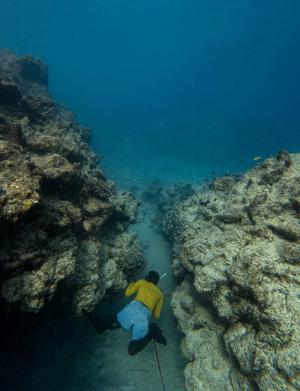
Some of us slept in hammocks, others in tents. I, with the “excuse” of having to protect my equipment from the unexpected downpours characteristic of this remote corner of the tropical Pacific, had the privilege of being able to take shelter inside the stilt house, which is normally a kind of hospital. A couple of small generators were the main source of electricity and powered a pump for running water a couple of times per day. Ebadon is unique when compared to the islands surrounding it, as the convex shape formed in the tuff and fossilized coral of the island’s structure created a freshwater aquifer fed from rain and coral-sand-filtered ocean water. Mejjatto, which hosts a population roughly three times the size of Ebadon, can be walked to with enormous effort at low tide and has only rainwater catchment for drinking water, frequently experiencing severe drought. The community constantly looked after us and each other, providing clean water and sharing meals with the team.
The research station
The most important characteristic of the research station we were building, which was entirely designed by Dan Kenney, was the ease of transport and assembly of its expanded polystyrene (EPS) modules, which were encapsulated in a reinforced cement partially made from local materials to make the shell of the station. The result was similar to the shell of a turtle where thin, hard surfaces are bound together with a lightweight, durable core. It was strong, waterproof and resilient. To better match the local climate and architecture, Dan adapted the shape of the structure to historic sketches of Marshallese homes in the 1800s, which were defined by their sharply peaked roofs and low side walls.
One can, of course, argue that EPS is not a truly “green” building material, but these EPS building walls are not the same as single-use plastic cups. EPS has practically infinite durability and is light enough to be easily moved from place to place as sea levels rise. For most of us, EPS is another name for styrofoam, but that is not really a fair comparison. One of our worst environmental pollutants are the disposable plastics, which take decades to degrade. The styrofoam from single-use applications often ends up in the sea as a long-term contaminant.
This building system, on the other hand, creates simple, modular, cheap, cool and durable homes that are designed to last for decades. The technique most closely resembles the structural insulated panels popular in northern Canada and the Scandanavian countries. Although, instead of sandwiching the foam between two sheets of pressboard or mineral board, like in structural insulated panels (SIPs), the entire structure is assembled in foam, then coated monolithically with fiber-reinforced cement mixed with local sand. The foam can easily be cut from the cement skins using a handheld hot wire system and recycled, should the structure deteriorate. Last year, Dan and Eric had built similar EPS homes in Ukraine for families displaced by the war.
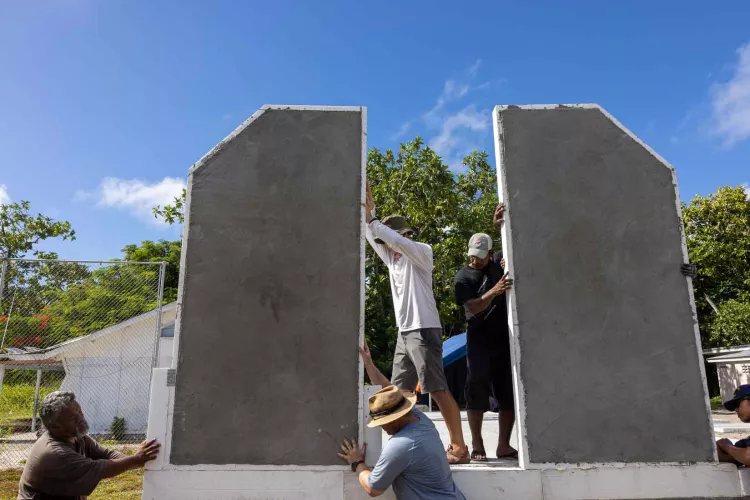
I had the privilege of being able to document that construction as well, and the assembly resulted in much less than two percent by volume of building waste—the lowest waste of any construction process found in our research. Dan’s and Eric’s thoughts were that if we are able to build with a material such as EPS, we should use recycled material as much as is practical and design these structures for a minimum lifespan of five decades. A limewash was manufactured from locally processed seashells and vegetable oils to protect the exterior of the shelter and create a bright, white exterior similar to what we have in the Mediterranean regions of Italy.
Inside the research station on Ebadon, we left a computer with the complete Wikipedia, world travel atlas, English language lessons, and a nearly complete Khan Academy, available wirelessly to any browser nearby.
The first site we selected for the station was in the shadow of a giant pandanus tree, located only a few meters from the lagoon shore. Once the elders were told that our station system had a satellite internet connection that cast a mesh Wi-Fi network over a few hundred yards or so, they asked us to reconsider the location, moving it about 150 meters inland, so that the network would include the local school. We did so, and the children of the island have been encouraged to use the Wi-Fi freely, using basic laptops provided by the Kwajalein government. Until now, lessons and information had been distributed on flash drives.
The research station has an additional set of long-range wireless connections to solar and battery-operated sensors installed around the island that measure the temperature, salinity and height of the nearby ocean, and it can transmit daily photographs from the reef to the University of Hawaii. This long-range sensor network is available for any KASL researcher to add sensors, and covers most of the 7-mile-long and 1.5-mile-wide shallow tidal lagoon. A nine-sensor weather station transmits atmospheric conditions twice per hour to KASL servers in California.
The people
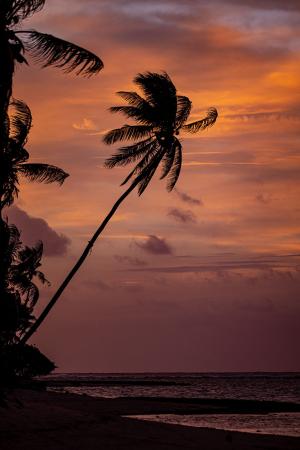
The warmth, hospitality, humor, thoughtfulness and uncomplicated nature of the islanders makes them memorable. They face daily obstacles, but they are smart, hard-working and optimistic that they will be able to rise above any challenge if they remember who they are, incorporate ideas from everywhere, and stick together. It was a unique experience solving the challenges of building in such an isolated environment alongside them, seeing them working so closely together and expressing their interest in how we elevated the structure and built with such basic tools and materials. We knew that we were successful in our mission when, on the last full day of the build, and with substantial plastering work left to do to finish the roof and garden deck, the islanders fully took over the work and labored deep into the night and early morning, to surprise Dan and the rest of the team with a finished structure the next day.
The day of our departure was intensely emotional. We had brought them tools and ideas that were of immediate help to them, and they were grateful for the chance to learn. They, in turn, had reminded us of the value of a place-based community, the importance of providing for one another, the skill of finding solutions when the nearest resources are half a day away, and that the immediate effects of human-caused climate change are already affecting the daily lives of those who have done nothing to cause it. After the christening ceremony for the new research station, the entire village lined up to hug each one of us and then sang to us a song of hope and safe journey as we loaded the small boats for the journey home. ■
See “Ebadon, Marshall Islands”: youtube.com/watch?v=Rr4ZFGtg4Gg
“Voices from the Heart of the Pacific”: youtube.com/watch?v=OGcQx7nY794

